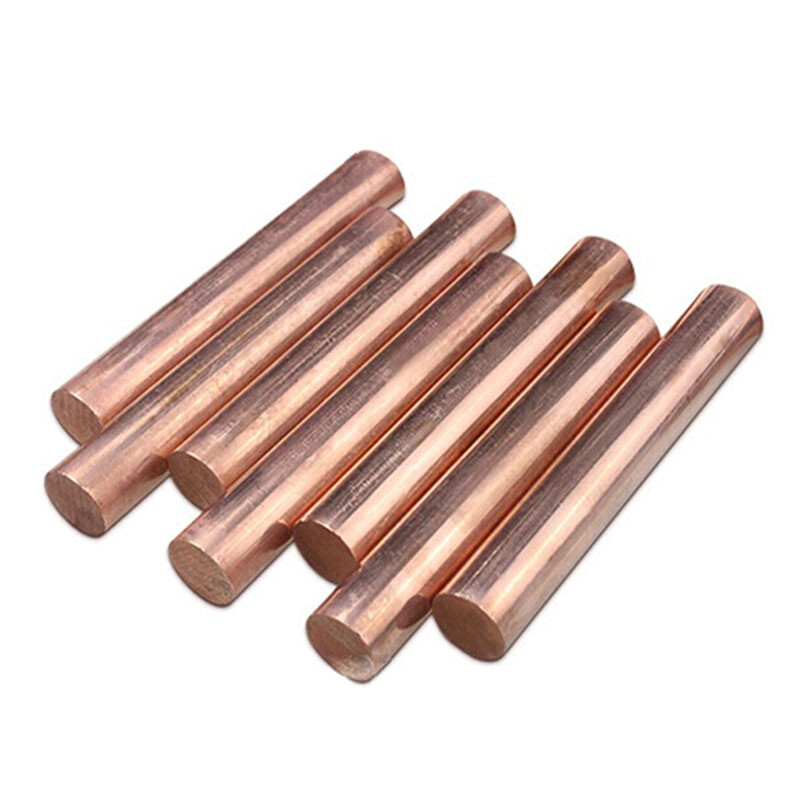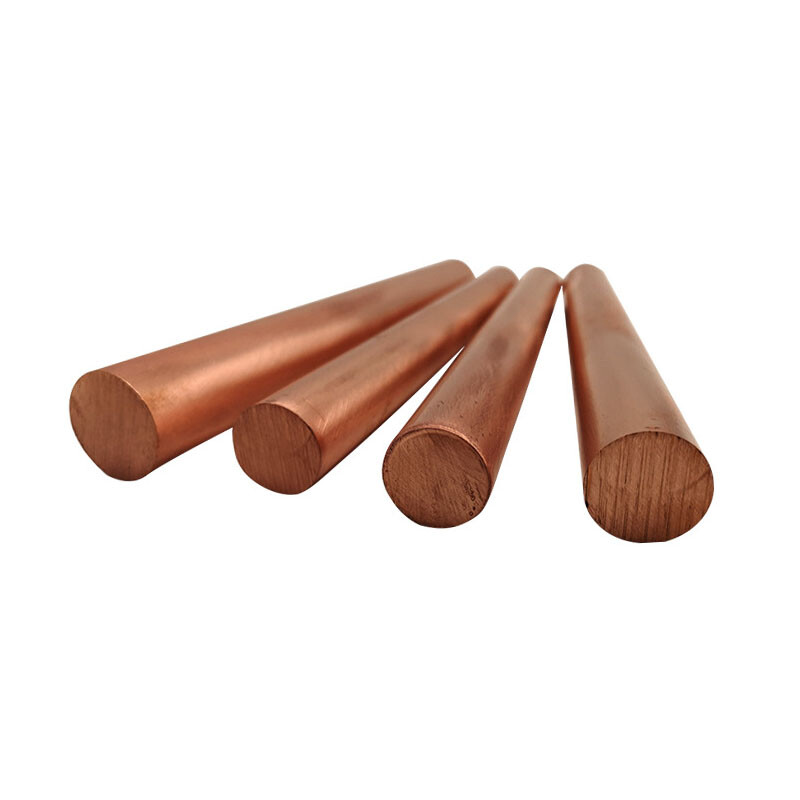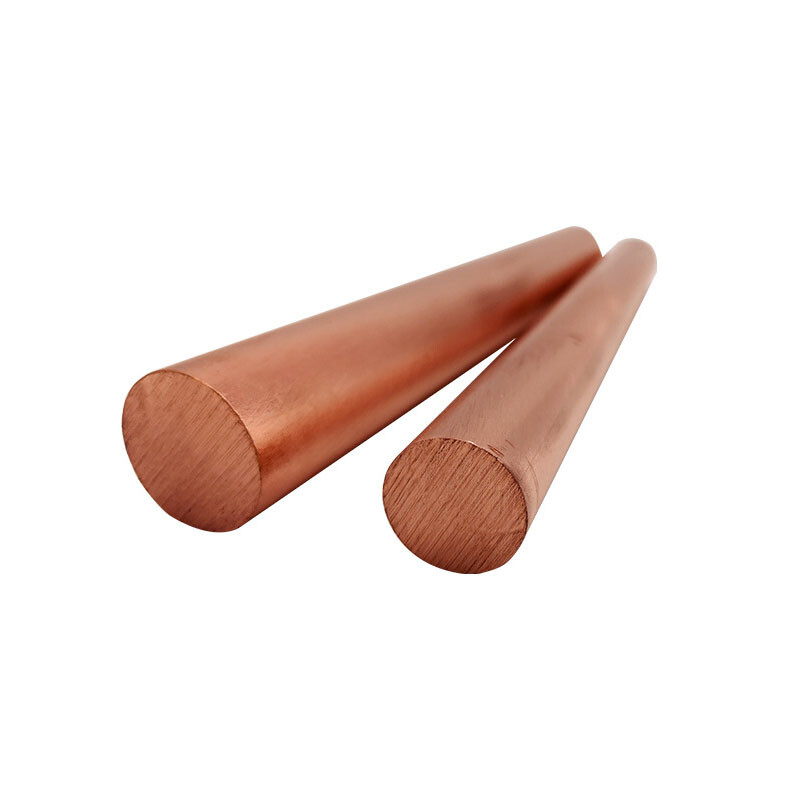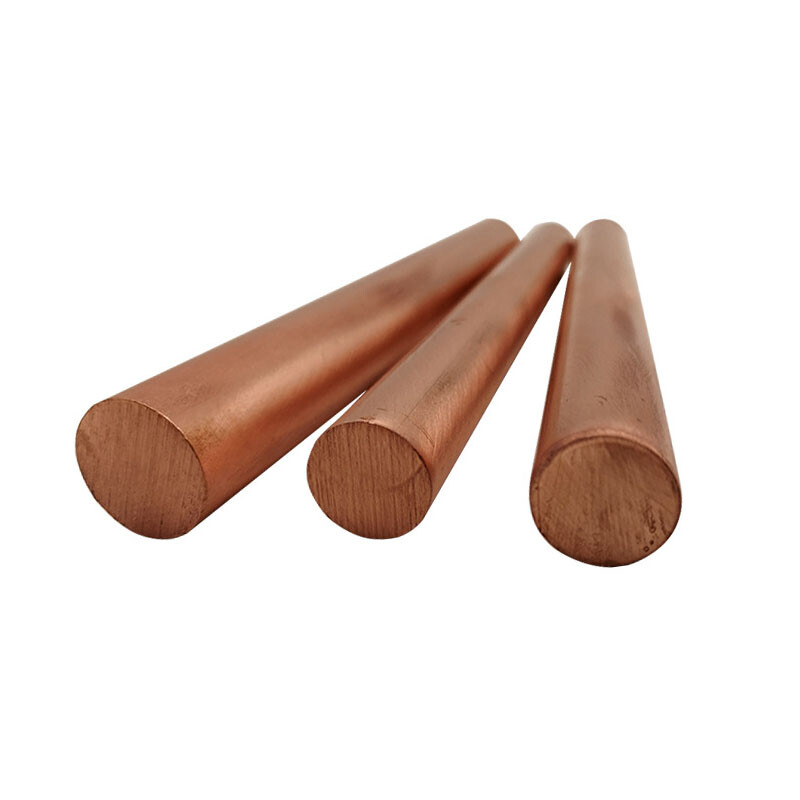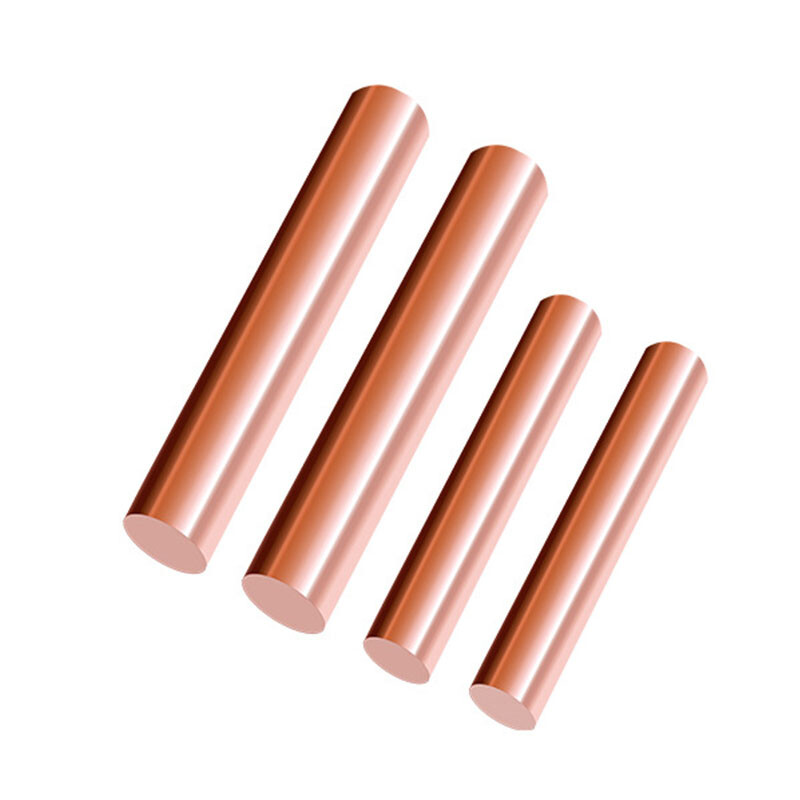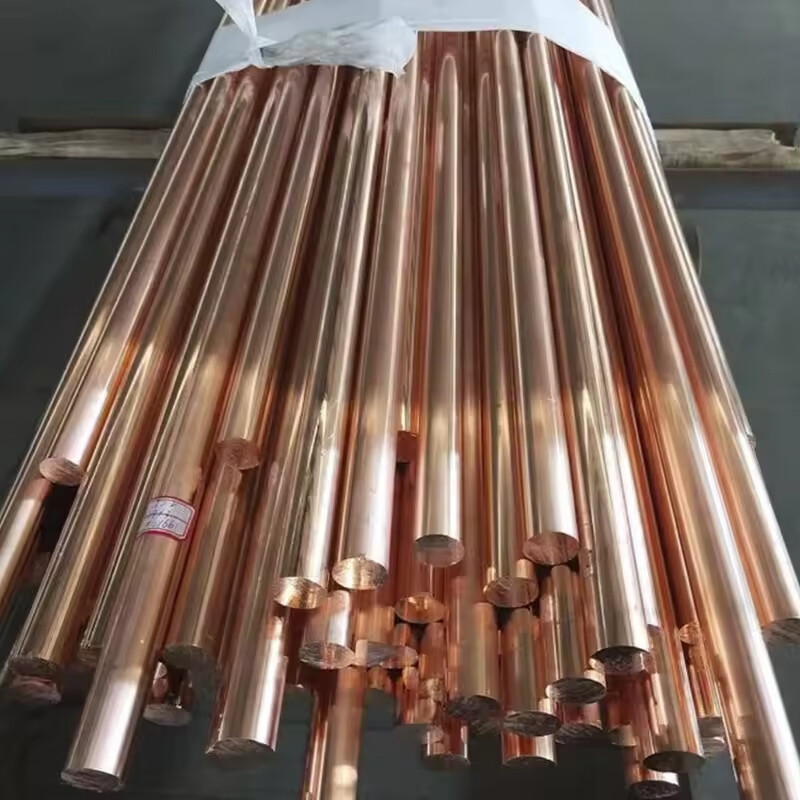Introduction:
1. Low MOQ and Flexible Production Ability.
2. Quick delivery and standard industry exporting package.
3. Best service with quick reply
4. OEM and ODM, welcome customers to visit our factory for better understanding;
5. Value friendship and trustworthy, devote to provide long-term service to our distinguished customers.
Product Introduction
H63 is a designation for a type of copper alloy commonly referred to as "Deoxidized High Phosphorus Copper" or "Oxygen-Free Copper (OFC)." Here are the key details about H63 copper bar:
Composition: H63 copper typically has a high copper content, often exceeding 99.9%. It also contains a small amount of phosphorus (P), usually around 0.015% to 0.040%. This composition classifies it as oxygen-free copper, which means it has very low levels of oxygen impurities.
Properties:
1. High Conductivity: H63 copper exhibits excellent electrical conductivity, making it suitable for electrical and electronic applications where low electrical resistance is crucial.
2. Good Thermal Conductivity: It also has good thermal conductivity, making it useful in applications where heat dissipation is important.
3. Corrosion Resistance: Due to its high purity and low levels of impurities, H63 copper has good resistance to corrosion in various environments.
4. Machinability: It can be easily machined and fabricated into different shapes and components.
Applications:
1. Electrical and Electronic Components: H63 copper is widely used in electrical wiring, bus bars, connectors, and other components where high electrical conductivity and reliability are required.
2. Heat Exchangers: It is utilized in the manufacturing of heat exchanger tubes and plates due to its excellent thermal conductivity.
3. Industrial Applications: H63 copper finds applications in various industrial sectors, including plumbing, roofing, and HVAC (heating, ventilation, and air conditioning) systems.
4. Craftsmanship and Artwork: Its attractive appearance and ease of manipulation make it popular in decorative applications and artwork.
Standards: H63 copper may be specified according to international standards such as ASTM B152 for copper sheet, strip, plate, and rolled bar.
H63 copper bar, also known as Oxygen-Free High Conductivity (OFHC) copper, has a specific chemical composition that contributes to its exceptional electrical and thermal conductivity, as well as its other beneficial properties. Here is the typical chemical composition of H63 copper:
Copper (Cu): Approximately 99.95% minimum (typically higher purity up to 99.99%)
Phosphorus (P): Maximum of 0.015% to 0.040%
Other Elements: Oxygen (O) is typically controlled to very low levels (less than 10 ppm) to maintain high conductivity.
Key points about the chemical composition:
Copper (Cu): This is the primary element in H63 copper, typically making up over 99.95% of its composition. High purity copper ensures excellent electrical conductivity, which is essential for its use in electrical and electronic applications.
Phosphorus (P): Phosphorus is intentionally added in small amounts (typically less than 0.04%) to H63 copper. It helps reduce the formation of copper oxide (Cu2O), which can degrade electrical conductivity. The precise amount of phosphorus varies depending on the desired properties and manufacturing standards.
Oxygen (O): Oxygen is kept at very low levels (less than 10 parts per million, or ppm) to prevent the formation of copper oxides, which can also impair conductivity. Oxygen-free copper (OFC) such as H63 is distinguished by its extremely low oxygen content compared to standard copper grades.
Impurities: H63 copper is characterized by its low levels of impurities such as sulfur (S), iron (Fe), and other trace elements, which are minimized to maintain its high purity and conductivity.
Applications: H63 copper, due to its high conductivity and purity, is widely used in applications where electrical efficiency and reliability are critical. These include:
Electrical wiring and power transmission
Transformers and inductors
Printed circuit boards (PCBs) and electronic components
Magnet wire for motors and transformers
Heat exchangers and thermal management systems
Architectural and decorative applications
Features
High Electrical Conductivity: H63 copper exhibits exceptional electrical conductivity, typically exceeding 100% IACS (International Annealed Copper Standard). This property makes it ideal for applications where efficient electrical transmission with minimal loss is critical, such as in electrical wiring, power transmission lines, and electronic components.
Excellent Thermal Conductivity: Alongside its high electrical conductivity, H63 copper also demonstrates excellent thermal conductivity. This makes it suitable for heat exchangers, cooling systems, and other applications where efficient heat transfer is required.
Low Impurity Content: H63 copper is classified as oxygen-free copper (OFC), which means it has very low levels of oxygen and other impurities. This purity enhances its electrical conductivity and resistance to corrosion.
Corrosion Resistance: Despite being highly conductive, H63 copper has good resistance to corrosion in various environments, including moisture and atmospheric conditions. This property ensures longevity and reliability in outdoor and industrial applications.
Machinability: H63 copper is relatively easy to machine and fabricate into different shapes and components. This is advantageous in manufacturing processes where precision and intricate designs are necessary.
Aesthetic Appeal: The metal's natural reddish-orange color and luster make it visually appealing, suitable for decorative applications in architecture, artwork, and craftsmanship.
Non-Magnetic and Non-Sparking: H63 copper is non-magnetic and non-sparking, making it safe for use in environments where these properties are crucial, such as in hazardous areas or near sensitive equipment.
Online Message
Other Products
Online Message

